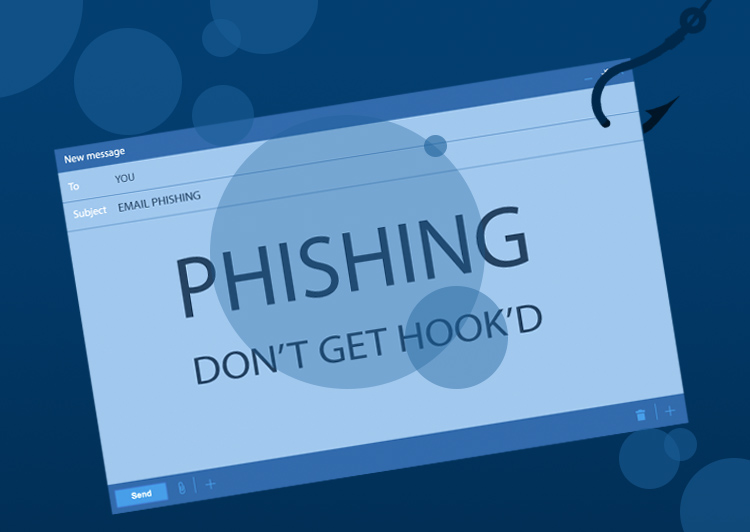Don’t Get Hook’d
As we approach the end of 2018, a year that saw global companies fall prey to malicious attacks and millions of individuals personal information stolen; we look back and wonder what, if anything, could have been done to stop such acts of malice. One word that comes up is Phishing. By the end of 2017, the average user was receiving 16 malicious emails per month according to the Symantec 2018 ISTR survey. According to Wombat 2018 State of the Phish, 76% of organizations say they experienced phishing attacks in 2017.What is Phishing?
As one of the most, if not THE most common type of cyber-attack, phishing attempts are often targeted at large organizations to secure confidential information. However, large organizations are not the only ones at risk; individuals are too. Phishing is defined as, “the fraudulent practice of sending emails purporting to be from reputable companies in order to induce individuals to reveal personal information, such as passwords and credit card numbers.” Phishing attempts are delivered straight to employee’s email inboxes and can resemble reputable companies or even another member within the same company..4 Steps You Can Take To Avoid Phishing Attempts
Phishing attacks can be somewhat difficult to spot, but the more informed an individual is, the greater chance they’ll notice these malicious emails and prevent themselves from falling prey to such attacks.-
- NEVER provide sensitive information via email, such as passwords, usernames, credit card numbers… etc.
-
- Inspect URLs to ensure they’re legitimate websites
-
- Do not click on attachments from senders you don’t recognize or documents you are not expecting to receive.
-
- If you are a even a little bit suspicious of the email, check the sender’s email address.
Think your site may have been compromised due to a phishing attack? Contact us, and we’ll be more than happy to assist in any way we can.

